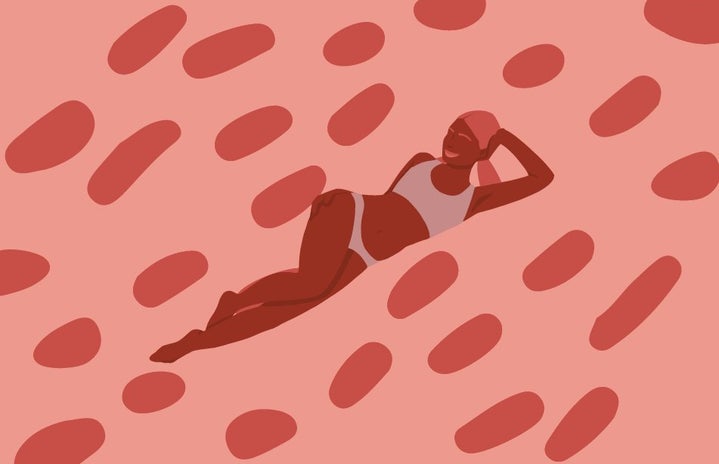In the past few years, especially from 2017 onwards, aesthetic procedures have developed considerably. The beauty standards follow cultural norms that change over time and according to the society they belong to. Nowadays, the internet and advertisements have created an impossible beauty standard for women to achieve. This is where the aesthetic procedures come in.
- The history of beauty standards
-
First let’s go back! The history of aesthetics goes back centuries. Even during the Ancient Egypt, Greece and Roman Times, there already was an idea of beauty standards. The 18th century was a period full of exaggeration in the paintings, the architecture and the clothing. Wigs were very used and cleavages were more accentuated. Women also started to use corsets to narrow the waist and change their body shape.
- The boom of aesthetic procedures
-
The 21st century was marked by nanotechnology that made cosmetic procedures easier and more sophisticated. With the technological advance, these procedures became more and more attractive to the population.
On a global scale, more than 20 million aesthetic and surgical procedures were performed, according to the research made by the International Society of Aesthetic Plastic Surgery (ISAPS) in 2015. The eight most active countries in the world in terms of cosmetic surgery are: the United States, Brazil, Japan, Mexico, Germany, Colombia and Thailand.
The now-common societal pressure to remain looking well and young for as long as possible, have pervaded all layers of society worldwide, creating anti-aging trends. Ageing in optimal conditions often goes beyond just health considerations for many patients. These types of procedures have increased enormously in the past few years.
Over the years, new beautification methods have been launched, each time more abusive. On a global scale, there was a growth of 5,4% on the number of surgical and non-surgical procedures in 2018, according to the ISAPS, being lipoaspiration and abdominoplasty the two most frequent. Brazil is the most active country when it comes to cosmetic surgery in the world. Together with the USA, it’s responsible for 28,4% of the aesthetic procedures made all around the globe.
- Repulsion to the natural body
-
Surgeries such as rhinoplasty, lipoaspiration, nymphoplasty and bichectomy have deeper roots. They are a result of the structural sexism, racism and fatphobia. All of the aspects listed above together with capitalism, have the same target: the female body.
Capitalism feeds off the society’s insecurities and finds a way to profit from them. Women are already taught to please others, not to be self-confident and to frequently be criticized. Now, more than ever, they have developed a repulse towards their own natural body. It is imposed that happiness can only be achieved if they manage to “fix” their “imperfections”.
The trend of aesthetic procedures has really entered society, including among young women. Especially girls, dream and compare themselves with bodies that don’t exist, due to the heavy application of makeup and photoshop on the models. Social media is also responsible for the growth of cosmetic procedures.
According to the text “The Role of Influencers on Social Networks and their Impact on Consumers”, published by the L’argus de Presse Editions, in 2017, 72% of female beauty product consumers believe they are influenced in their purchase intents by the messages they see on social media. The biggest problem isn’t the pursuit or the desire, but the illusion that these procedures sell.
Women’s bodies are demonized by the media and the society, so they feel the need to go through surgeries and other procedures to be accepted. Capitalism, structural sexism, racism and fatphobia are precisely what cause the boom of aesthetic procedures. New types of methods are created to achieve surreal beauty standards. It needs to be realized that when it comes to beauty, there aren’t standards, that is a social construction. Peculiarities and differences exist. It isn’t easy to see how influenced we are by society, capitalism and social media every day, however, that is the only way to accept your own and unique beauty.
——————————————————————–
The article above was edited by Camila Nascimento.
Liked this type of content? Check Her Campus Casper Libero home page for more!


